- Joined
- Aug 14, 2009
- Messages
- 27,488
As per FP/KK posts - everything works in tandem.
All these CGI use 77% lower halves.
...as in a bright 60-60: 77% LH @ T 60 PA 41.2 CA 32.0
...as in a firey Ideal: 77% LH @ T 55 PA 40.6 CA 46.0
In-between: 77% LH @ T 57 PA 40.75 CA 34.5
FYI, all have 50% star facets. Technically, shorter stars could reduce table reflection a bit in the first example above, but not by much.
I think this is the single best visual of this holding lower halves steady that I’ve seen here on PS. Something we know but struggle to explicate by example... Thank you for taking the time to share it!

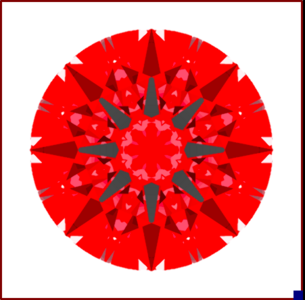
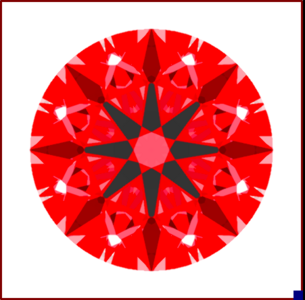
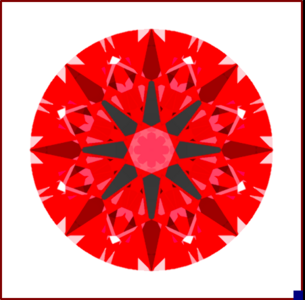
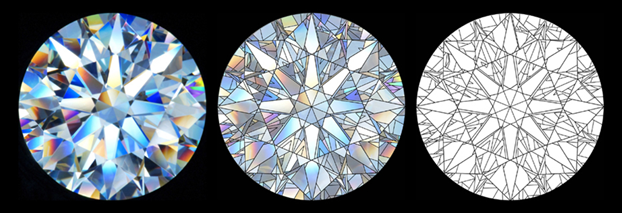
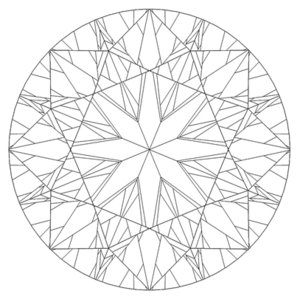
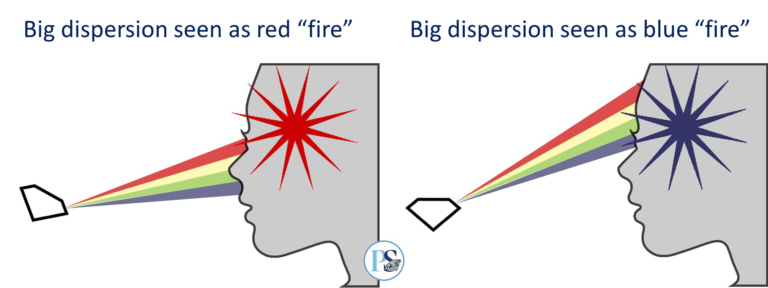
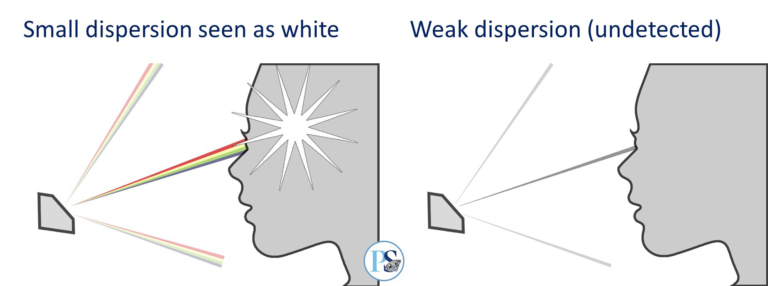
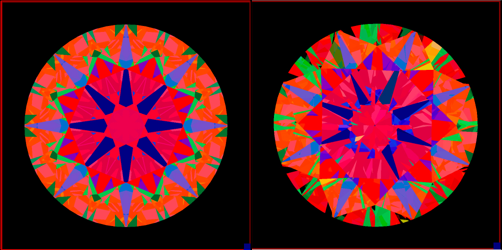
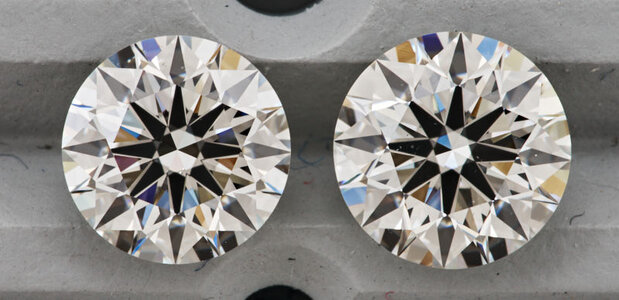
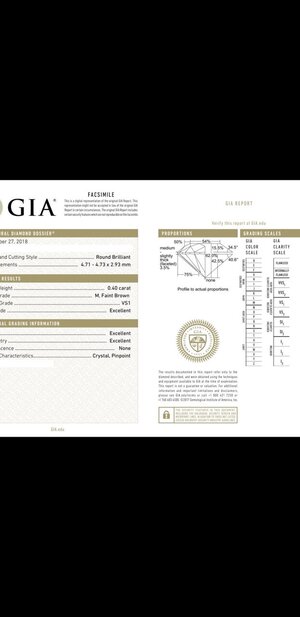

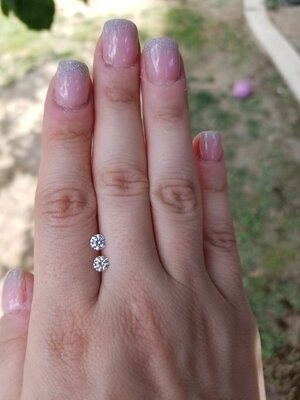
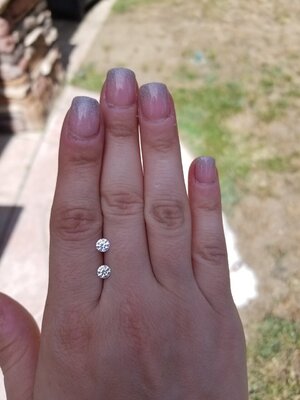
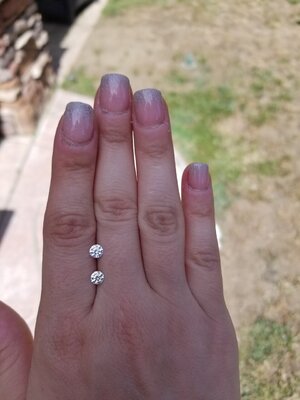
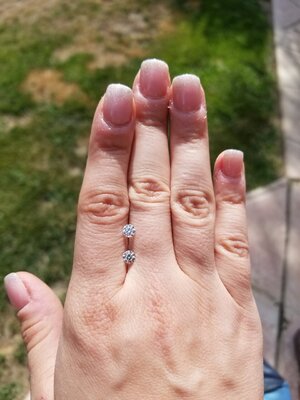
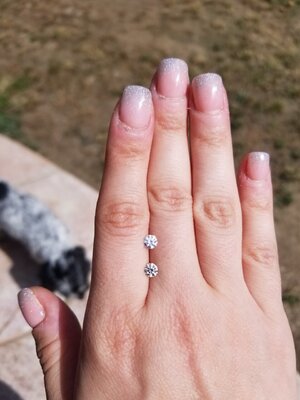
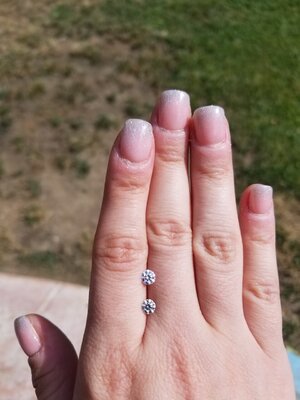
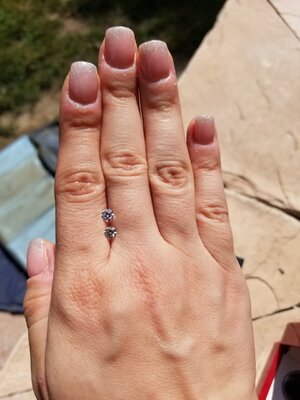
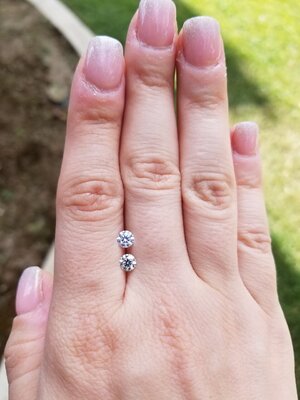
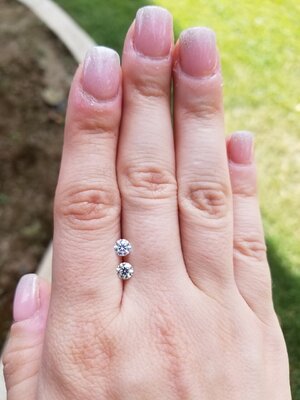
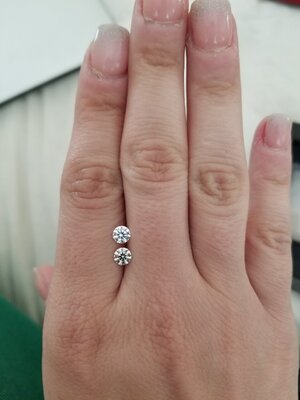
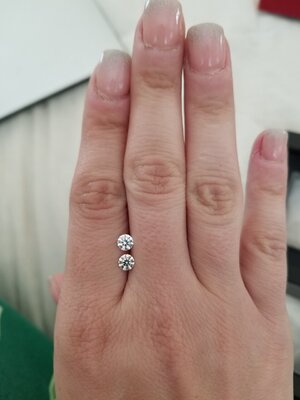
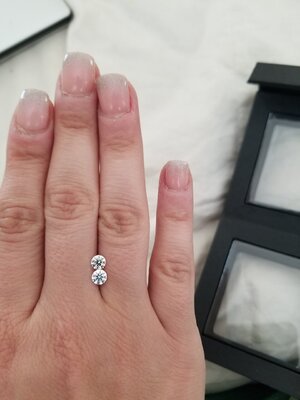
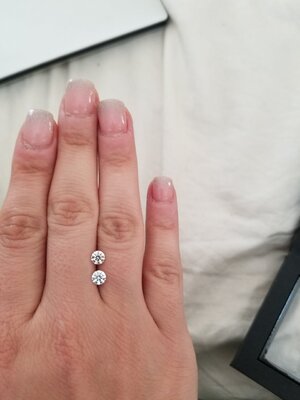
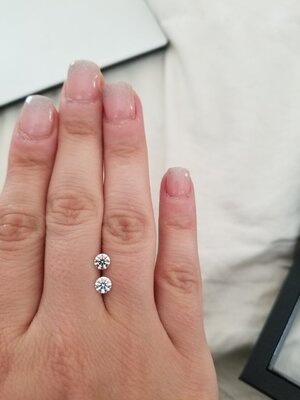


300x240.png)